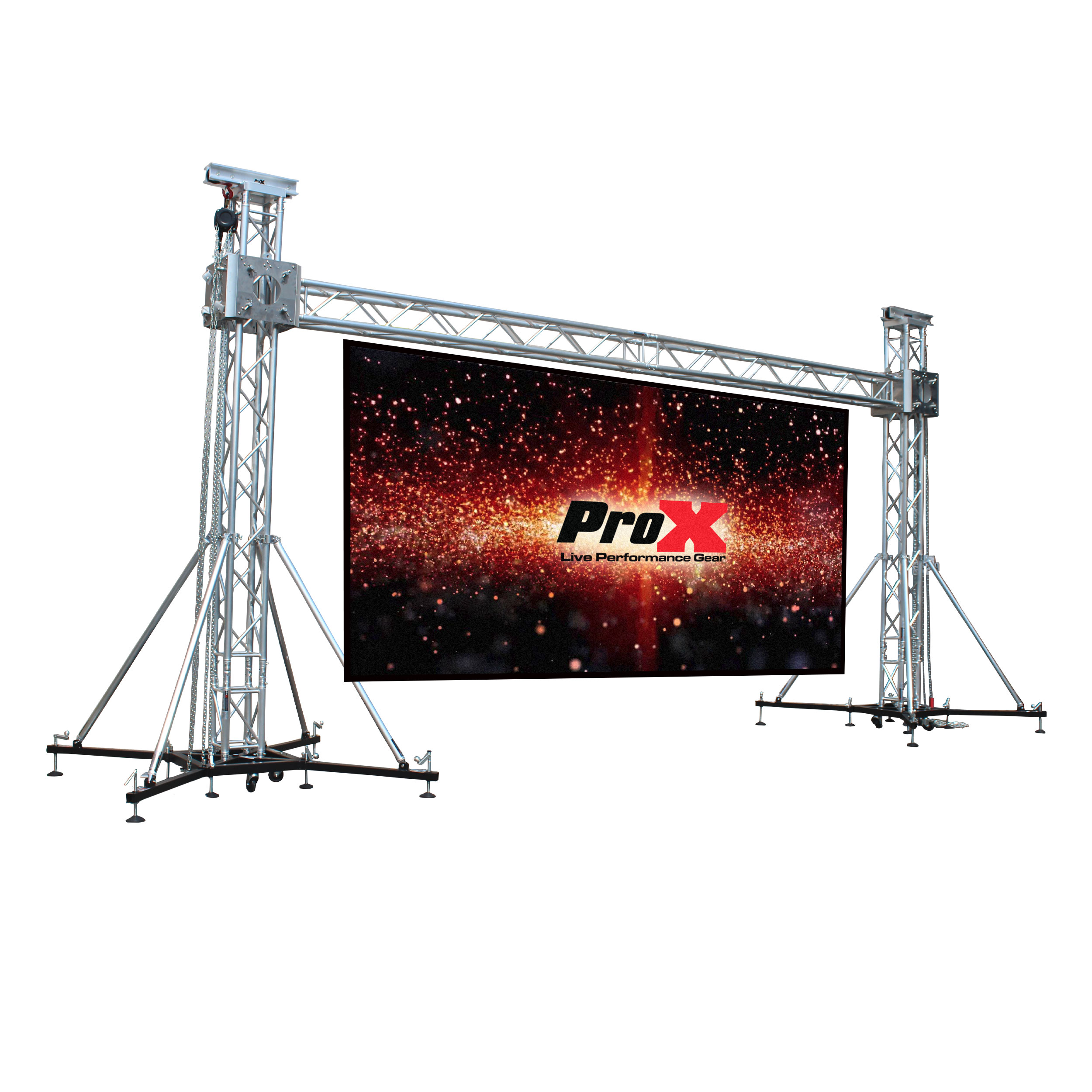Exploring the Key Elements That Affect Color Uniformity in LED Wall Screens for Optimal Visual Output
Exploring the Key Elements That Affect Color Uniformity in LED Wall Screens for Optimal Visual Output
Blog Article
Hue consistency in LED wall screens is crucial for attaining maximum optical performance. light-emitting diode wall screens are widely used in multiple environments, including concerts, meetings, and promotional displays. When the hues on these panels are consistent, they create a more captivating and enveloping experience for viewers. Several key factors influence hue uniformity, including the caliber of the LED components, calibration procedures, and environmental conditions.
The quality of the LED elements plays a major role in color uniformity. Different types of light-emitting diodes emit light at varying frequencies, which can influence the overall color result. High-quality light-emitting diodes are engineered to generate a more uniform light range, resulting in improved hue precision. Additionally, the production process of these LEDs can affect their functionality. Screens made with superior materials and technology tend to have less color variations, guaranteeing that the displayed images and footage look lively and faithful to reality.
Calibration is another crucial element in maintaining hue uniformity in light-emitting diode wall panels. Tuning involves modifying the settings of the screen to ensure that the colors shown align the intended appearance. This procedure can include fine-tuning luminosity, differentiation, and color balance. Regular tuning is essential, especially in environments where illumination conditions change often. By led video wall rental for events tuning the screens, technicians can correct any inconsistencies in hue output, resulting to a more uniform observing encounter.
Surrounding factors also affect color uniformity in light-emitting diode wall screens. Factors such as surrounding light, temperature, and moisture can affect how colors are seen. For example, bright ambient light can dull hues, making them look less vibrant. Similarly, extreme heat can affect the performance of the light-emitting diodes, leading to color changes. To reduce these problems, it is essential to install light-emitting diode wall screens in managed settings where lighting and temperature can be managed effectively.
Lastly, the layout and layout of the light-emitting diode wall screens can impact hue uniformity. The configuration of the panels, as well as the distance from which they are viewed, can create variations in hue recognition. When panels are placed too far apart or at varied positions, viewers may detect discrepancies in hue. To obtain the best visual performance, it is important to consider the positioning and arrangement of the screens during setup. By addressing these elements, users can guarantee that their light-emitting diode wall panels deliver a consistent and superior optical experience.